Catania
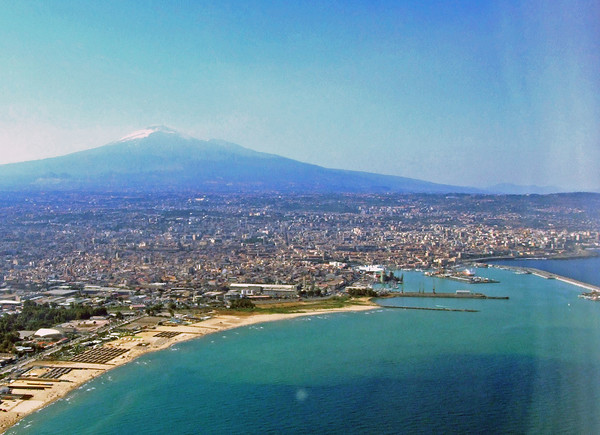
[아츠앤컬쳐] 기원전 8세기에 그리스인이 건설한 카타니아는 시칠리아에서 팔레르모에 이어 두 번째로 큰 도시이자 이탈리아의 10대 도시에 속한다. 시칠리아의 동해안에 위치하여, 에트나 화산 기슭 아래에 이오니아해를 마주하고 있다.
풍부한 역사와 전통을 자랑하는 카타니아는 14세기와 르네상스 시대에, 이탈리아에서 문화, 예술, 정치의 주요 중심지로 자리 잡았다. 1434년에 이곳에 시칠리아 최초의 대학이 설립되었으며, 세계적으로 유명한 작곡가 빈첸조 벨리니와 작가 죠반니 베르가의 고향이기도 하다.

카타니아는 오랜 역사 중에 지진과 에트나 화산 폭발로 인한 여러 지질학적 재앙을 겪었다. 오늘날 카타니아의 중심지인 첸트로 스토리코는 1693년 대지진 이후, 아름다운 후기 바로크 건축 양식으로 재건되었고 유네스코 세계문화유산으로 지정되었다.
두오모 광장은 카타니아의 중심지다. 광장 주변으로 도시의 수호성인인 성 아가타에 헌정된 화려한 성 아가타 대성당이 있다. 바로 앞에 현무암으로 조각된 코끼리 동상 ‘리오트루’는 성 아가타에 경의를 표하며 대성당을 향하고 있다. 화산 모래를 사용하여 지은 검은 외관에 이스피카의 흰 돌이 번갈아 보이는 세미나리오 데이 키에리치 궁은 우체다 문을 통해 성 아가타 대성당과 직접 연결된다.
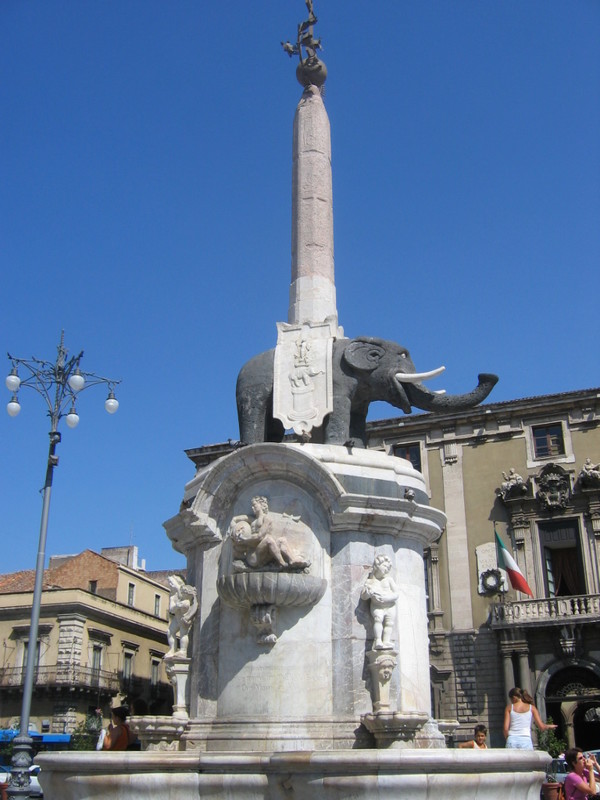
현재 시청으로 사용 중인 17세기 시대 코끼리 궁전도 두오모 광장을 둘러싸고 있다. 비스카리 궁은 이 도시의 기념비적인 궁전으로 카타니아의 바로크 건축을 가장 아름답게 표현하는 건물이다. 심지어 독일의 문호 괴테도 궁전을 방문한 뒤 그 웅장함을 저서에 자세히 기록한 바 있다.
카타니아 대성당 뒤의 어시장에서는 예로부터 날마다 신선한 생선, 고기, 과일 노점상들의 외침과, 볶은 고추와 곱창을 찌고 행인에게 파는 모습들이 반복되며 진정한 카타니아 문화와 카타니아인을 가장 잘 보여주고 있다.
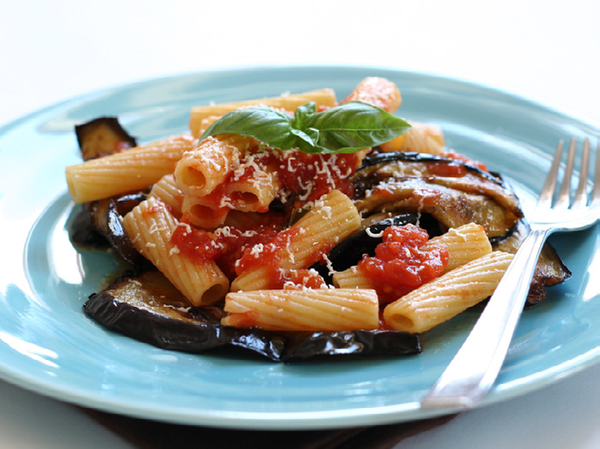
카타니아의 문화와 일상에 있어서 음식은 매우 중요하다. 카타니아의 전통 요리로 빈첸조 벨리니의 오페라 ‘노르마’를 따서 명명된 파스타 알라 노르마가 있다. 다른 대표 요리들에 오징어 먹물 파스타, 마쿠(파바 콩 퓌레), 콜리플라워 또는 브로콜리 조림, 카포나타(볶은 야채)가 있고, 크리스마스 때 먹는 전통 파이 스카치아타가 있다. 카타니아는 페이스트리와 케이크도 유명한데, 페이스트리 종류는 계절과 행사에 따라 매우 다양하다. 성 아가타 축제기간에는 카사텔과 올리베트를 즐겨 먹는다.
또한, 풍부한 길거리 음식은 카타니아의 요리를 쉽게 맛볼 수 있는 기회이다. 대표적으로 에트나산을 연상시키는 원뿔 모양을 한 주먹밥을 빵가루로 입혀 튀긴 아란치니가 있다. 그 외에 시폴리나(퍼프 페이스트리), 볼로네제(작은 피자), 크리스펠(도우 볼) 등이 있다.
카타니아의 평소 따뜻한 날씨 덕분에 도시 곳곳에는 많은 음료 키오스크들이 있다. 여름에는 과일시럽과 소다, 아니스와 같은 향신료를 섞은 시원한 음료와 특히 생과일, 천연 재료에 얼음과 설탕을 섞어 만든 그라니타가 제일 인기가 많다.

해변과 에트나산의 자연과 함께 도심의 문화와 요리를 즐길 수 있기에, 카타니아는 모든 방문객을 만족시킬 수 있는 이상적인 목적지다. 이탈리아 남부에서 가장 큰 카타니아-폰타나로사 공항은 국제선과 잘 연결되며 외국 관광객도 쉽게 이용할 수 있다. 카타니아를 즐기세요!
번역 | 전익범 주한이탈리아문화원 문화담당
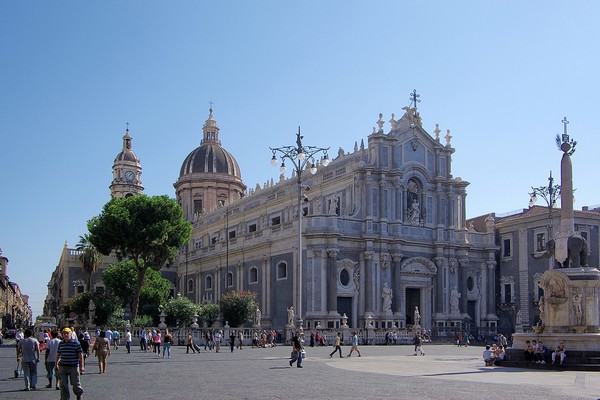
Catania
Founded in the 8th century BC by Greeks, Catania is the second largest city in Sicily, after Palermo, and among the ten largest cities in Italy. It is located on Sicily's east coast, at the base of the active volcano, Mount Etna, a still active volcan, and it faces the Ionian Sea.

Rich of history and traditions, in particular in the 14th century and the Renaissance, Catania was one of Italy's most important cultural, artistic and political centers. It was the site of Sicily's first university, founded in 1434. It has been the native or adopted home of some of Italy's most famous artists like the composer Vincenzo Bellini and the writer Giovanni Verga.
The city, in its long history suffered multiple geologic catastrophes caused by several earthquakes and Etna Volcan eruption. In fact, the architectural shape of "old town" of Catania features exuberant late-baroque architecture, prompted after the 1693 earthquake, and is a UNESCO World Heritage Site.
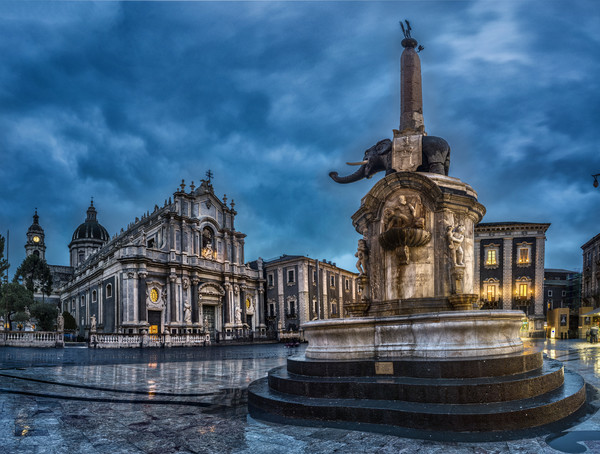
The Duomo Square is the very center of Catania. The square is surrounded by splendid Norman Cathedral, dedicated to the Patron Saint of the city, St. Agatha. The statue of the elephant, carved from basalt, known in the local dialect as “Liotru”, located right in front of Agatha’s Cathedral, points its trunk to the Cathedral of the Saint as to pay homage to its Patron. The Palace of the Seminary of the Clerics is directly connected to the Cathedral of Sant’Agata via the flyover above the Porta Uzeda, with a mainly black façade obtained thanks to the use of volcanic sand, alternating with the white stones of Ispica.
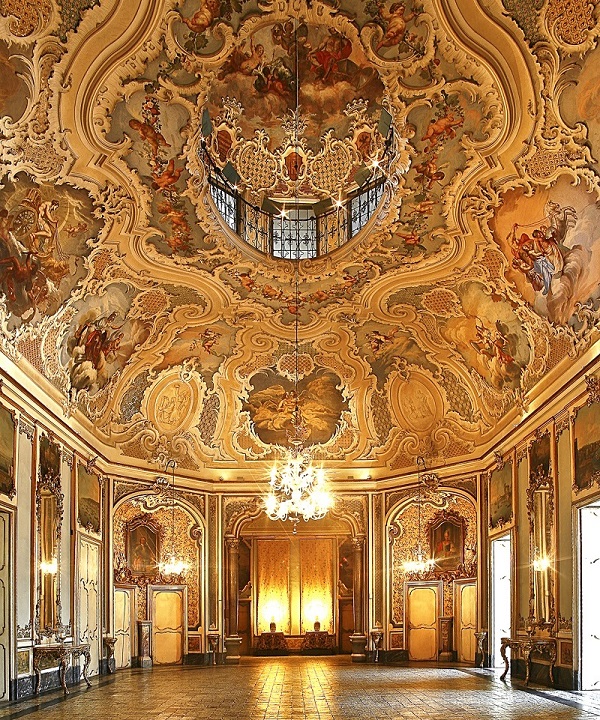
Finally, the 17th century Elephants Palace (Palazzo degli Elefanti), now the local municipal building, closes the square. Palazzo Biscari is the most important palace in the city. It represents, in fact, the most beautiful example of Catanese baroque architecture. Even Goethe visited the palace and then reported in detail in his writings, the magnificence of the palace.
Behind the Cathedral of Catania, there is a fish market. The cries of the vendors selling fresh fish, meat and fruit and daily repeated since ancient times, the stalls steaming with roasted peppers and tripe sold to passersby, all of them make this place one of the most well representing the spirit of the culture and people of Catania.
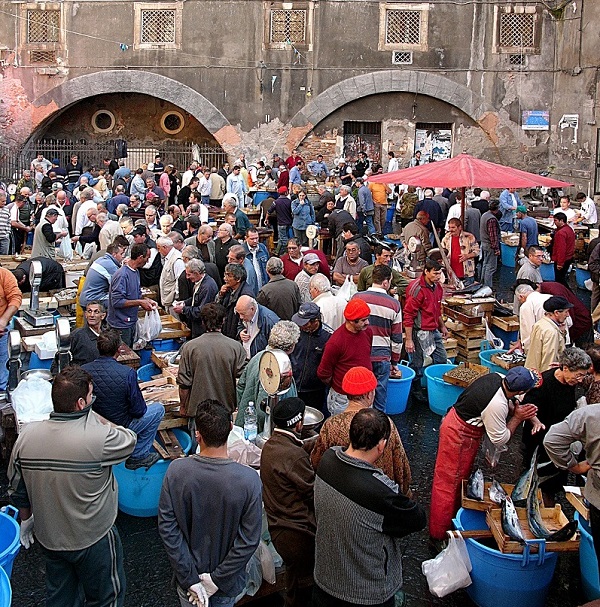
Food is an important part of Catania's culture and way of life. Typical dishes from Catania are pasta alla Norma (pasta with fried eggplant, tomato sauce and ricotta salata cheese), named after the namesake opera by Vincenzo Bellini; pasta cco niuru de sicci (pasta in cuttlefish ink), maccu (fava beans purée), bastaddi affucati or brocculi affucati (stewed cauliflower or broccoli), caponata (sautéed vegetables) and scacciata (a pie filled with tuma cheese) which is traditional during Christmastime.
Catania is also famous for its pasticceria (pastries and cakes). Pastries vary according to season and to seasonal events: during the Festival of Saint Agatha, patron saint of the city, there are the cassatelle (small cassatas) and olivette (olive shaped almond paste).
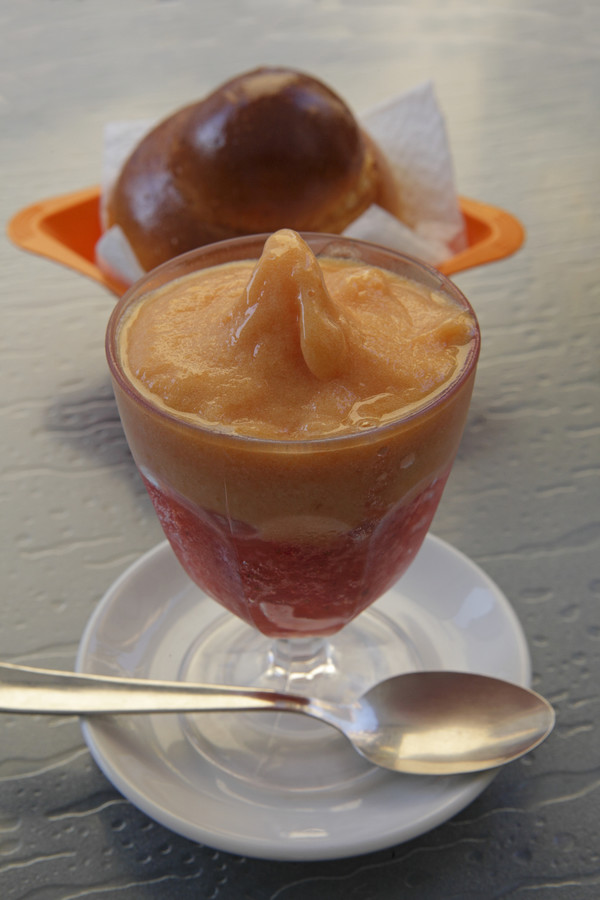
Street food is one of the best ways to experience traditional dishes. Arancini are perhaps the city's most iconic one: they are stuffed rice balls coated in bread-crumbs and deep fried; in Catania, they are shaped like a cone to remind of Mount Etna. Typical specialties include cipollina(puff pastry with onion, tomato, and prosciutto filling), bolognese (a small pizza topped with tomato, mozzarella, prosciutto and boiled egg and covered in puff pastry), crispelle (deep fried dough balls with ricotta or anchovies filling.)

As Catania ha a warm weather throughout the year, it is quite natural that drink kiosks are everywhere in town and serve traditional soft drinks made mixing fruit syrups with soda and other flavors such as anisette. Granita, made from ice and sugar blended with fruit or other natural ingredients is a very popular sorbet in summertime.
Catania can be an ideal destination that can satisfy all types of visitors, as they can enjoy its beautiful beaches, excursions on Etna Mount or immerse themselves in cultural-culinary tour in the city. Also, the Catania-Fontanarossa Airport, being the largest in Southern Italy is well connected with international routes, so international visitors can reach Catania easily. Enjoy Catania!

글 | 미켈라 린다 마그리 Michela Linda Magrì
Director at the Italian Cultural Institute in Seoul
Cultural Attachè of the Embassy of Italy in Korea

